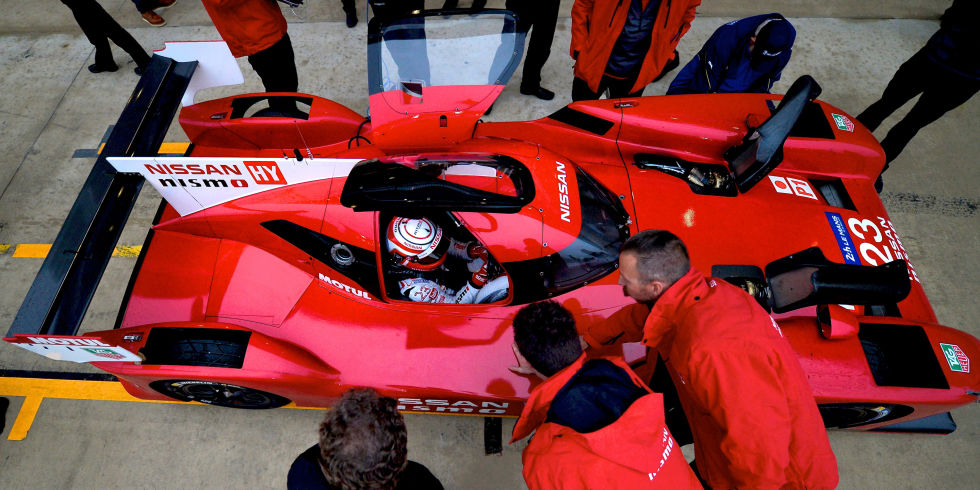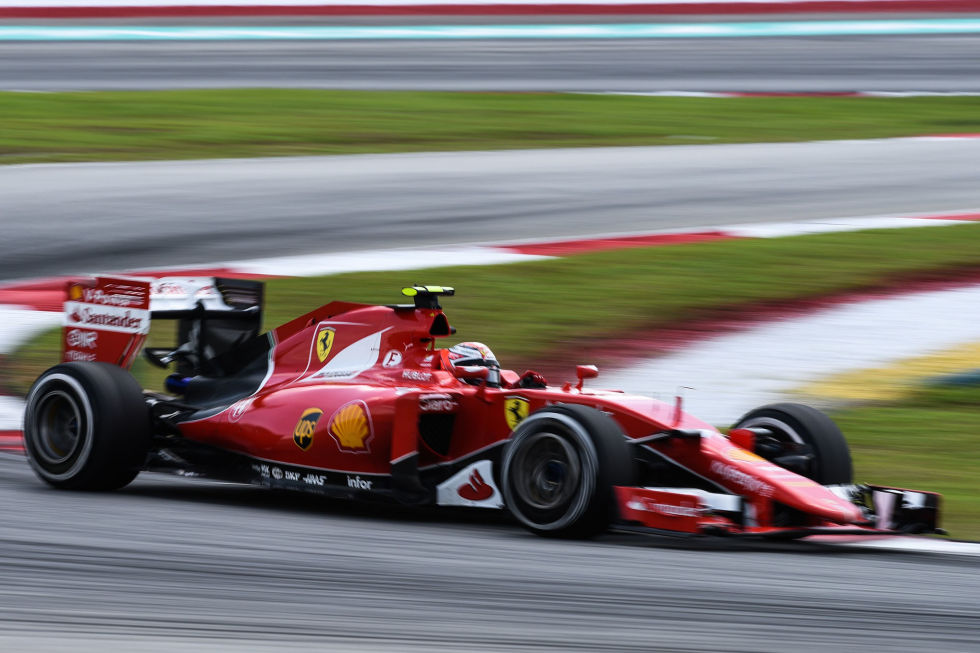I've spent most of my adult life looking to Formula 1 for tech things innovative and buzzworthy. The mind-bending designs of Gordon Murray and Adrian Newey spawned teenage fantasies of moving to Europe and training to become an aerodynamicist. But in recent years, my inner compass has pointed away from Monaco.
For techno-geeks, motor racing has a new address, and it isn't on F1 honcho Bernie Ecclestone's yacht at Monte Carlo. It's pressed up against a fence at Le Mans or at Circuit of the Americas or at one of the six other playgrounds on the World Endurance Championship (WEC) calendar. The coolest cars in motorsport—the seemingly LSD-fueled creations we'll look back on in amazement 20 years from now—are racing in the WEC's top LMP1-Hybrid class, where a liberal rulebook serves as almighty inspiration for those who thrive on creative expression.
I can't help but wonder if a kid building a Soap Box Derby car has more latitude for expression.
The WEC has come up with the closest thing to the glory days of Can-Am and IMSA GTP racing, where a car's height, length, and width served as the most pressing limitations. Barring a few no-go zones, manufacturers are left to fill that cube with their radical versions of four-wheeled hell and fury. Consider the options: In P1, Audi's stump-pulling, 4.0-liter turbodiesel V6 battles Porsche's bizarre, 2.0-liter single-turbo V4, but also Toyota's ornate, naturally aspirated, 3.7-liter V8, and a shrink-wrapped 3.0-liter twin-turbo V6 from newcomer Nissan. Toyota's supercapacitor energy-recovery system (ERS) combines with its V8 to put nearly 1000 hp to the ground on deployment, while Porsche uses two forms of ERS—turbo-fed and flywheel-based—to propel its lightweight challenger.
To win Le Mans last year, Audi went the traditional route: It championed the internal-combustion engine and used the smallest amount of ERS power possible. To compete in 2015, Nissan originally targeted the moon and tried to harvest the maximum from its mechanical ERS, settling on a total output of 1250 hp. That Nissan, which is covered in more detail on page 64, is also front-engined and front-wheel-drive. Its rivals are mid-engined and make use of all-wheel drive through ERSs routed to the front tires while the old-school engine roasts the rears.
This kind of insanity takes money, and lots of it. Manufacturers are committing F1-level budgets on a lesser-known series like the WEC because they can play on their own terms there, go into battle with their own technology, and keep a (mostly) straight face when they say that some of what they've learned in LMP1 will trickle into future road cars.
In Formula 1, the opposite is true. Ferrari, McLaren, Williams, and other teams from F1's pantheon of greats have opted into a perverted form of the sport where each constructor builds its version of the same rule-mandated car. Having lived through F1's engineering heights, I can't help but wonder if a kid building a Soap Box Derby car has more latitude for expression than his grand-prix counterparts. It's technical asphyxiation. Fixed engine specs have F1 manufacturers casting paint-by-number mills with the same 1.6-liter displacement, six cylinders, 24 valves, 90-degree vee, and central exhaust location. Silly maximum fuel-flow rates, instituted as a nod to environmental concerns, and a 15,000-rpm rev limit, far lower than engine speeds of a decade ago, are made worse by bans on teams making substantive improvements to a car over the course of a season. Combine that with restrictive chassis and bodywork dimensions, and you have the once-proud sport of kings reduced to little more than clone wars.
Even Newey, a design legend, recently decided it was time to step away. Maybe he'd grown tired of penning iteration after iteration of the same damn Red Bull F1 chassis. The situation is enough to leave you nostalgic for the days when new F1 cars warranted Zapruder-like analysis, journalists (and other teams!) struggling to grasp the radical concepts unveiled during preseason tests at Estoril or Paul Ricard. F1 teams, which once produced the most inspiring race cars on the planet, now hold emergency meetings to look for ways to turn back the clock.
Despite its shortcomings, F1 is still more popular than any other form of racing, but its narrative has definitely changed. The appeal is more basic. As the cars become less rolling laboratory and more appliance, F1's importance has been decoupled from its popularity. In the absence of frightfully fast and inspiring vehicles, the headlines move toward TMZ sensibilities as team-owner rifts and trash-talking teammates litter the news.
I've placed F1 on a personal, semipermanent time-out, and until it comes up with a better formula, I'll continue to find salvation in the Democratic Republic of Le Mans Prototypes. And I'm not alone. Discerning fans and a growing portion of the auto industry have also turned their interest to the home of endurance racing. Aston Martin, GM (through Corvette), and Porsche all fund massive programs to compete for GTE-class honors. Ford's due to join the party in 2016, the 50th anniversary of its first Le Mans win, with its revived GT.
WEC drivers are for the most part relatively unknown, but the cars they wield are unforgettable. The world's biggest stars race in F1, and the global awareness it offers manufacturers and sponsors is unparalleled. F1 dwarfs the WEC in almost every metric worth measuring, which makes the WEC's recent explosion in popularity—and the growth from two LMP1 manufacturers in 2013 to four in 2015—a rather fascinating development. F1 will find its way out of the wilderness at some point, and when it does, the cars will earn their fair share of the spotlight. Until then, we have LMP1 to remind us that, while drivers come and go, the cars are the real stars.
Former race engineer and R&T contributing editor Marshall Pruett still prefers bias-ply tires.
From: Road & Track



Комментариев нет:
Отправить комментарий